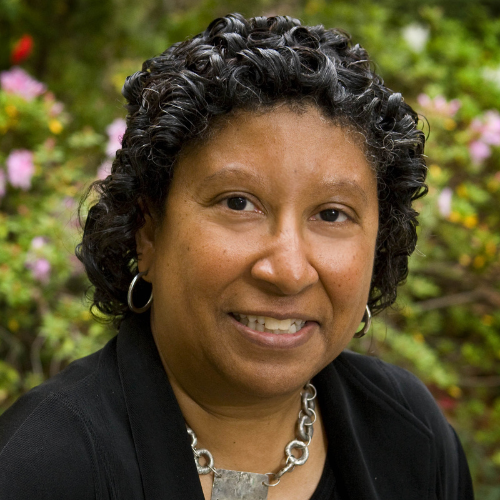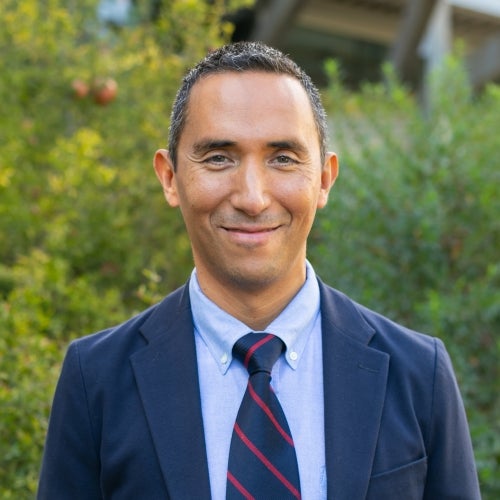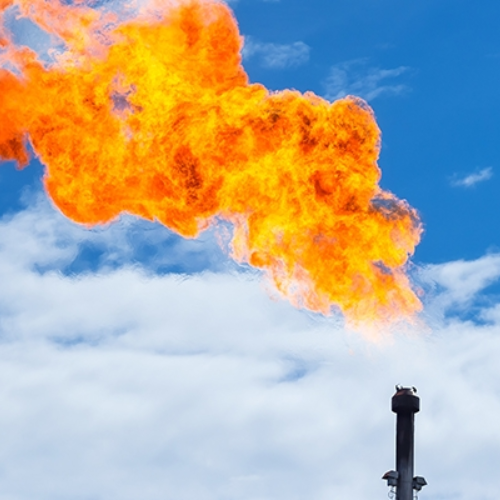More than 500,000 Americans live within three miles of natural gas flares
Dr. Lara Cushing has coauthored an assessment of the population facing exposure risks from the burning off of excess natural gas at production sites.
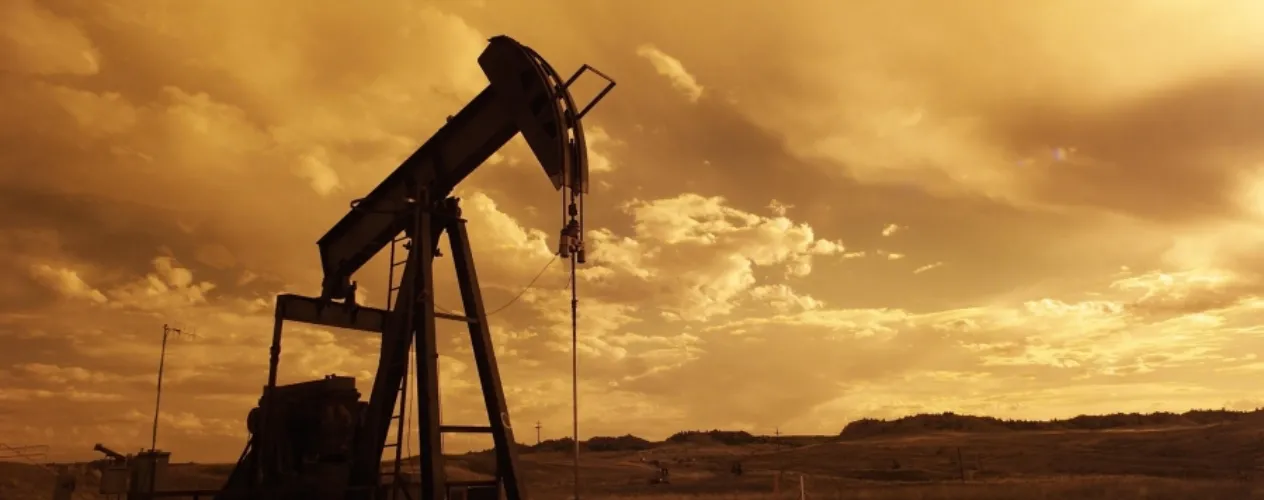
Researchers from the UCLA Fielding School of Public Health and the University of Southern California have found that more than a half million Americans are exposed to oil and gas “flaring” events — the burning off of excess natural gas at production sites — resulting in potentially serious health risks.
“There is growing evidence linking residence near unconventional oil and gas operations with negative health impacts for nearby residents, including impacts on fetal growth and preterm birth,” said Dr. Lara Cushing, assistant professor of environmental health sciences at the UCLA Fielding School of Public Health. “This includes our recent finding that living within about three miles of flaring is associated with increased risk of preterm birth.”
The report, published this month in the peer-reviewed journal Environmental Research Letters, found that three basins in the US are responsible for most flaring activity in the lower 48: the Permian (Texas-New Mexico), Western Gulf/Eagle Ford (Texas), and the Williston/Bakken Shale (North Dakota and Montana). Some 535,000 people live within three miles of flaring sites in these regions. Of those, 39% - roughly 210,000 - lived near more than 100 nightly flare events.
Flaring is used during the exploration, production and processing of fossil fuels and is common in oil-producing areas where natural gas recovered with the oil cannot be used commercially. Air quality monitoring studies indicate that flares — which often operate continuously for days or weeks — release a variety of hazardous air pollutants, including volatile organic compounds and polycyclic aromatic hydrocarbons along with carbon monoxide, nitrogen oxides (NOx), and black carbon.
Along with links to preterm births and other adverse birth outcomes, these pollutants contribute to the development and exacerbation of asthma, effects on the respiratory, cardiovascular, and nervous systems, as well as cardiopulmonary problems and cardiovascular mortality. These regions have high levels of poverty and large populations of people of color, including Native Americans in North Dakota and Montana — particularly members of the Mandan, Hidatsa, and Arikara Nation living on the Fort Berthold Indian Reservation — and Blacks and Hispanics in Texas and New Mexico.
“Our findings also show that flaring is an environmental justice issue,” said Dr. Jill Johnston, an environmental health scientist at the USC Keck School of Medicine, who co-led the study. “We found that a significant number of Black, Indigenous, and Latinx people live near flaring. High rates of poverty and other barriers to health in rural areas - such as a lack of access to health care - could worsen the health effects of flaring-related exposures.”
Methods: Researchers used data from the U.S. Energy Information Administration (EIA) to define the boundaries of all oil and gas shale plays in the contiguous U.S. This data was updated in 2016 and includes 47 shale plays within 28 basins that intersect 714 counties across 28 states.
The team estimated the density of nightly flares (count per square km) across all 28 basins, and then narrowed the study area and further refined estimates in the three basins with the most flaring activity: the Permian, Western Gulf (Eagle Ford Shale), and Williston (Bakken shale). These three basins cover 86 counties in 4 states: 31 counties in the Permian (4 in New Mexico and 27 in Texas), 25 in the Western Gulf (Texas), and 30 in Williston (8 in Montana and 22 in North Dakota).
Well data used in the report was restricted to horizontal- and directional-drilled wells that were actively producing during the study period, March 2012 through February 2020. Flares were identified using the Visible Infrared Imaging Radiometer Suite (VIIRS) instrument Nightfire (VNF) product from the National Oceanic and Atmospheric Administration (NOAA) Earth Observation Group.
Demographic data from the 2010 U.S. Census and a national dataset of building footprints was used to identify populations living near flaring and assess their demographic characteristics at the smallest census geography available—the census block, as well as county-level population data from the 2018 American Community Survey to evaluate changes in population since 2010.
During the 8-year study period, there were approximately 31,000 actively producing unconventional oil and gas (UOG) wells in the Permian Basin, 28,000 in the Western Gulf basin, and 18,000 in the Williston Basin. Williston produced the least but had the highest number of flares per unit produced, with flaring per barrel of oil 89% higher than in the Permian and 200% higher than in the Western Gulf.
Graphic Caption: Density of flares near UOG wells across shale plays in the (1) Williston, (2) Powder River, (3) Denver, (4) Anadarko, (5) Permian, (6) Western Gulf, (7) TX-LA-MS Salt, and (8) Appalachian basins (N = 493 839). Areas with <8 flares/100 km2 are not shown.
Graphic Credit: Cushing et al; co-authors are Johnston, Khang Chau, and Meredith Franklin, with USC.
Funding: This work was supported by a grant from the National Institutes of Health/National Institute of Environmental Health Sciences (R21-ES028417).
Data availability statement: The data that support the findings of this study are available upon reasonable request from the authors.
Citation: “Up in smoke: characterizing the population exposed to flaring from unconventional oil and gas development in the contiguous U.S.,” Lara J Cushing et al 2021 Environ. Res. Lett. 16 034032
https://iopscience.iop.org/article/10.1088/1748-9326/abd3d4
The UCLA Fielding School of Public Health, founded in 1961, is dedicated to enhancing the public's health by conducting innovative research, training future leaders and health professionals from diverse backgrounds, translating research into policy and practice, and serving our local communities and the communities of the nation and the world. The school has 631 students from 26 nations engaged in carrying out the vision of building healthy futures in greater Los Angeles, California, the nation and the world.
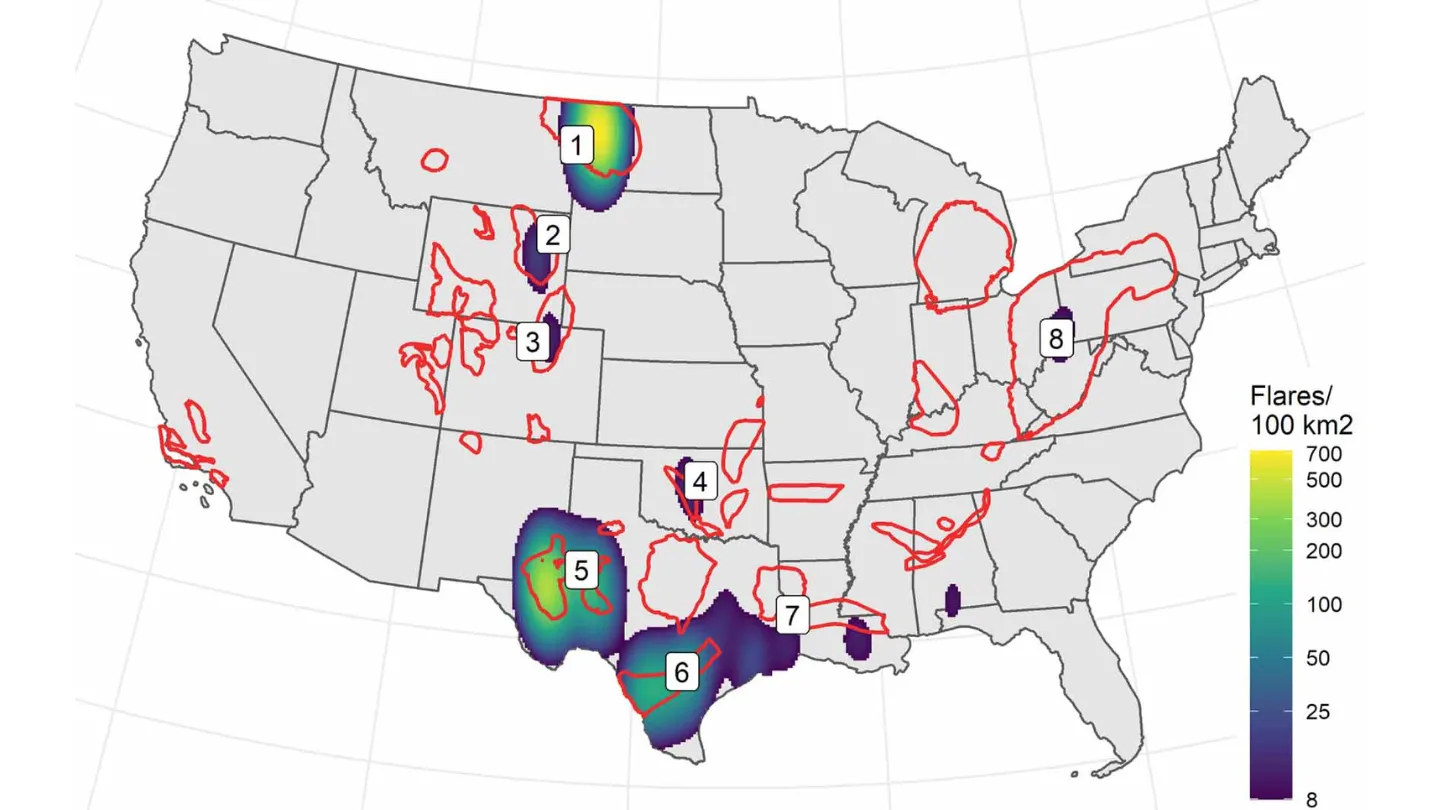
Density of flares near UOG wells across shale plays in the U.S.
Faculty Referenced by this Article

Dr. Michelle S. Keller is a health services researcher whose research focuses on the use and prescribing of high-risk medications.

Dr. Ron Andersen is the Wasserman Professor Emeritus in the UCLA Departments of Health Policy and Management.
Nationally recognized health services researcher and sociomedical scientist with 25+ years' experience in effectiveness and implementation research.

Professor of Community Health Sciences & Health Policy and Management, and Associate Dean for Research

EMPH Academic Program Director with expertise in healthcare marketing, finance, and reproductive health policy, teaching in the EMPH, MPH, MHA program














